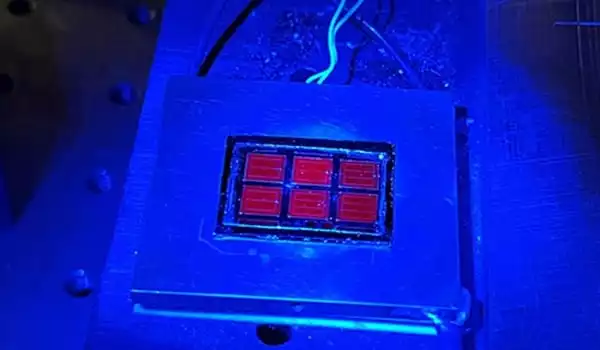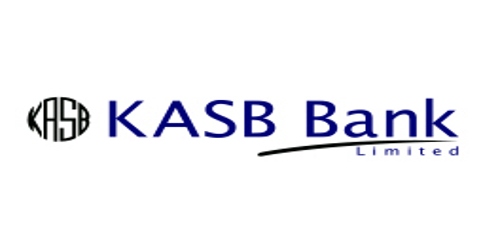The National Renewable Energy Laboratory (NREL) of the United States Department of Energy constructed a solar cell with a record 39.5 percent efficiency under 1-sun global illumination. Using conventional 1-sun circumstances, this is the most efficient solar cell of any sort.
Under standard-1 sun conditions, NREL achieved 39.5 percent power conversion efficiency for a novel solar cell. The researchers enhanced the middle layer of the 3-junction solar cell by building optically thick quantum well devices. These cells, according to the team, are useful for low-radiation conditions as well as space applications.
“The new cell is more efficient and has a simpler design that may be useful for a variety of new applications, such as highly area-constrained applications or low-radiation space applications,” said Myles Steiner, principal investigator on the project and senior scientist in NREL’s High-Efficiency Crystalline Photovoltaics (PV) Group. He collaborated with Ryan France, John Geisz, Tao Song, Waldo Olavarria, Michelle Young, and Alan Kibbler from NREL.
The National Renewable Energy Laboratory (NREL) has declared 39.5 percent efficiency for a new solar cell it developed, claiming it to be the most efficient solar cell of any type when evaluated under standard-1 sun circumstances.
Details of the development are outlined in the paper “Triple-junction solar cells with 39.5% terrestrial and 34.2% space efficiency enabled by thick quantum well superlattices,” which appears in the May issue of the journal Joule.
The new cell is more efficient and has a simpler design that may be useful for a variety of new applications, such as highly area-constrained applications or low-radiation space applications. The new cell is more efficient and has a simpler design that may be useful for a variety of new applications, such as highly area-constrained applications or low-radiation space applications.
Myles Steiner
NREL scientists previously achieved a record in 2020 with a 39.2 percent efficiency six-junction solar cell made of III-V materials. Several of the greatest recent solar cells have been built on the NREL-developed inverted metamorphic multijunction (IMM) architecture. This freshly improved triple-junction IMM solar cell has been added to the Best Research-Cell Efficiency Chart. The graphic, which depicts the success of experimental solar cells, includes Sharp Corporation of Japan’s previous three-junction IMM record of 37.9 percent, set in 2013.
The increase in efficiency was the result of research into “quantum well” solar cells, which use several very thin layers to adjust solar cell properties. The researchers created a quantum well solar cell with remarkable performance and integrated it into a device with three junctions with varying bandgaps, each adjusted to catch and utilize a distinct slice of the solar spectrum.
The III-V materials, so termed because of their position on the periodic table, have a wide range of energy bandgaps, allowing them to target different sections of the solar spectrum. The top junction is gallium indium phosphide (GaInP), the center is gallium arsenide (GaAs) with quantum wells, and the bottom is lattice-mismatched gallium indium arsenide (GaInAs). Each material has been highly optimized over decades of research.

“While GaAs is an outstanding material and is commonly used in III-V multijunction cells, it does not have the correct bandgap for a three-junction cell, which means that the balance of photocurrents across the three cells is not optimal,” said France, senior scientist, and cell designer. “By employing quantum wells, we were able to modify the bandgap while preserving outstanding material quality, enabling this device and potentially additional uses.”
The scientists exploited quantum wells in the middle layer to widen the GaAs cell’s bandgap and enhance the quantity of light it can absorb. They also created optically thick quantum well devices with minimal voltage loss. They also learnt how to anneal the GaInP top cell during the growth process to increase its performance and how to limit threading dislocation density in lattice-mismatched GaInAs, both of which are covered in separate papers. These three materials work together to inform the unique cell design.
Although III-V cells are noted for their great efficiency, the manufacturing process has historically been costly. So far, III-V cells have been utilized to power space satellites, unmanned aerial vehicles, and other specialized applications. NREL researchers have been working on dramatically lowering the production cost of III-V cells and developing other cell designs that will make these cells economically viable for a wide range of new applications.
The new III-V cell was also evaluated for how efficient it would be in space applications, particularly for communications satellites, which are powered by solar cells and require high cell efficiency, and came in at 34.2 percent for a beginning-of-life measurement. The cell’s current design is suitable for low-radiation conditions, but further development of the cell structure may permit higher-radiation uses.
The cell is ideally suited for low-radiation conditions such as space applications, but with further improvement of the cell structure, these cells can be employed for high-radiation applications as well. “The new cell is more efficient and has a simpler design that may be useful for a variety of new applications, such as highly area-constrained applications or low-radiation space applications,” said Myles Steiner, Principal Investigator on the project and Senior Scientist in NREL’s High-Efficiency Crystalline Photovoltaics (PV) Group.
















